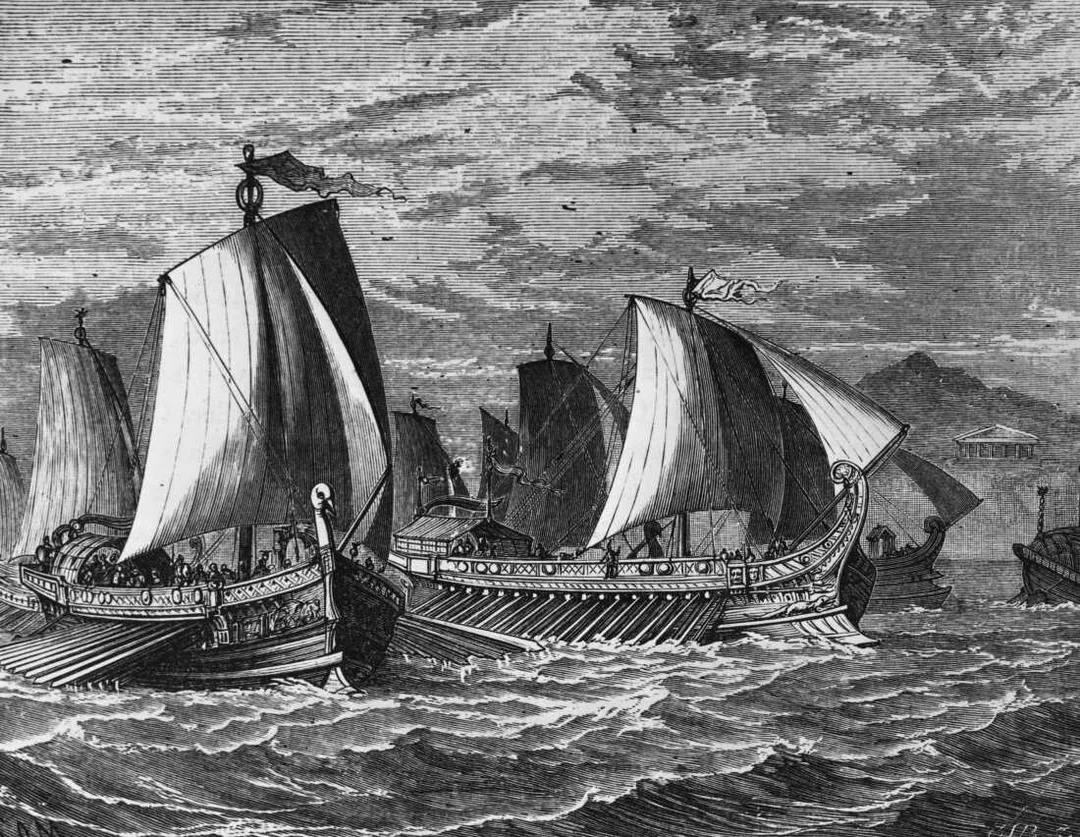
Trump’s Tariff Policies: Inconsistencies and Economic Impacts
Former President Donald Trump's tariff policies continue to be a focal point of economic discussions, as highlighted in recent reports from NPR, CNN, and MSNBC. Trump's approach to tariffs, particularly his push for reciprocal tariffs and higher rates on Chinese goods, has been marked by significant inconsistencies, according to Rachel Maddow's analysis on MSNBC. These inconsistencies have led to confusion and unpredictability in the global trade environment.
Zanny Minton Beddoes, editor-in-chief of The Economist, discussed on NPR how Trump's tariff strategies could impact the U.S. economy. She pointed out that while tariffs might protect certain domestic industries, they could also lead to higher costs for consumers and retaliatory measures from trading partners. CNN's economic analysis suggests that the next steps for the U.S. economy hinge on how these tariff policies evolve, with potential implications for inflation and international trade relations.
The AP News report further delves into Trump's advocacy for higher tariffs on China, emphasizing his belief in using tariffs as a tool for negotiation. However, the effectiveness and long-term benefits of such policies remain under scrutiny, with experts divided on their overall impact on the U.S. economy.
Related issues news
What does it mean tariff?
'Tariff' literally means 'a schedule of duties imposed by a government on imported or in some countries exported goods,' or the 'duty or rate of duty imposed in such a schedule,' according to Merriam-Webster.
When tariffs are imposed, who pays them?
The companies that bring the foreign goods into the country have to pay the tax to the government. The money is collected when the imported goods clear US customs. Firms can choose to pass on some or all of the increased cost to customers.
When did tariffs on China start?
China implemented their tariffs on April 2, 2018. On April 3, 2018, the U.S. Trade Representative's office published an initial list of 1,300+ Chinese goods to impose levies upon, including products like flat-screen televisions, weapons, satellites, medical devices, aircraft parts and batteries.
How and when are tariffs collected?
Tariffs on imported goods are typically paid after shipments come into the U.S. Levies aren't collected at a tollbooth as goods cross the border. Instead, importers must calculate and pay the duties electronically or by check after the fact. Did Market Reaction Lead to Tariff Pause?